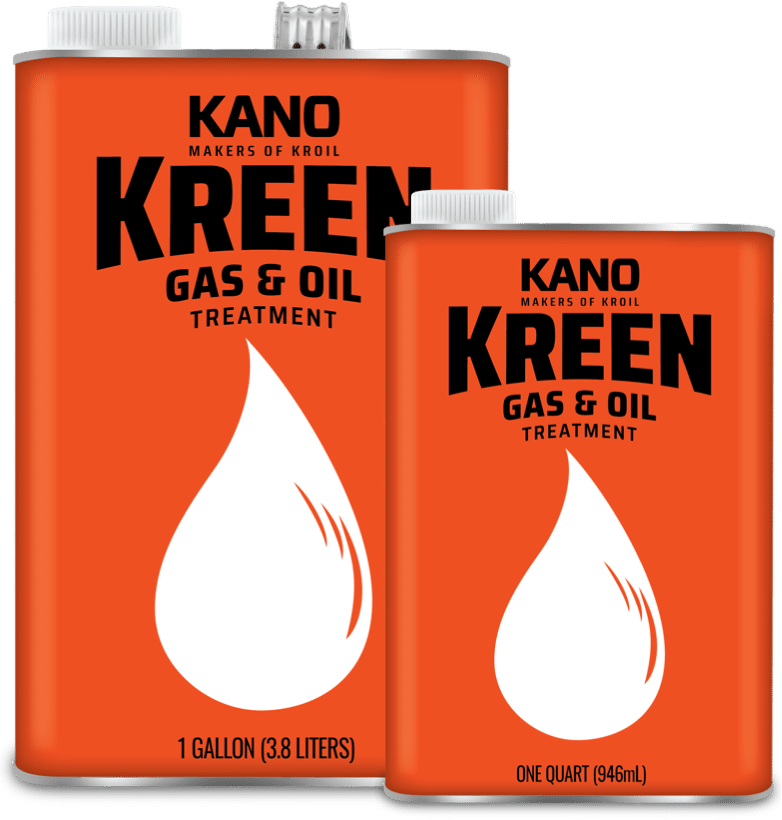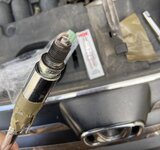- Joined
- Jul 15, 2023
- Messages
- 981
I’m posting this to consolidate my data as I work to reduce oil burning on my CR-V’s K24. This car was owned by my father who did 3,000 mi changes with Quaker State conventional 5w20 since about 60k mi. Lots of short trips in cold weather. Significant varnish inside the valve cover.
Log:
2/19/22, 176,114 mi
Oil change, Supertech Advanced 0w20, Wix XP filter, replaced PCV valve with OEM valve and hose, replaced oil cap with OEM
1/14/23, 178,580 mi
(Burned 1qt in 2466 mi)
Oil change, Pennzoil Platinum High Mileage 5w30
7/9/23, 179,700 mi
(Burned 1qt in 1120 mi)
ATS 505 fuel and oil pour-in treatment
Oil change, Amsoil SS 0w30, Supertech filter
7/14/23, 180,475 mi
(Burned 0.5 qt in 775 mi = 1550 mi/qt)
Added 0.5qt HPL Engine Clean 30 to crankcase and bottle of Amsoil PI to gas tank
MPG up, over 230 mi to 1/8 tank
8/5/23, 181,311 mi
(Burned ~6oz in 836 mi = 4459 mi/qt note: calculation dubious due to inaccuracy reading low burned volumes)
Added 6oz HPL EC 30 to crankcase
182,102
(Burned 1/2qt in 791 mi = 1582 mi/qt)
Added 0.5qt Amsoil SS 0w30
Changed old Supertech filter (2402 mi), replaced with Wix
Oil in old filter appeared dark caramel in color, but not quite black, Supertech filter shows brittle, hard, black grains as shown in below photos. (Ignore airborne seed in one of the pics, photo was taken outside)
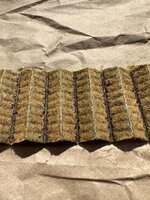
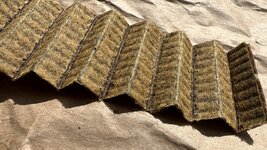
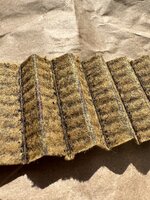
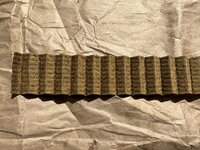
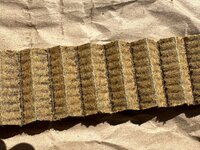
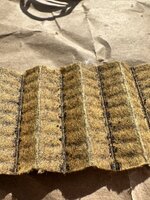
Plan:
Run the Amsoil/HPL EC combo to 184k, topping off as needed, then perform Berryman’s piston soak followed by change to HPL Premium Plus 0w30 and Fram Titanium filter.
If the burn does not reduce in approx 10k mi, then I’m probably giving up and switching to Valvoline High Mileage 150k 5w30.
Log:
2/19/22, 176,114 mi
Oil change, Supertech Advanced 0w20, Wix XP filter, replaced PCV valve with OEM valve and hose, replaced oil cap with OEM
1/14/23, 178,580 mi
(Burned 1qt in 2466 mi)
Oil change, Pennzoil Platinum High Mileage 5w30
7/9/23, 179,700 mi
(Burned 1qt in 1120 mi)
ATS 505 fuel and oil pour-in treatment
Oil change, Amsoil SS 0w30, Supertech filter
7/14/23, 180,475 mi
(Burned 0.5 qt in 775 mi = 1550 mi/qt)
Added 0.5qt HPL Engine Clean 30 to crankcase and bottle of Amsoil PI to gas tank
MPG up, over 230 mi to 1/8 tank
8/5/23, 181,311 mi
(Burned ~6oz in 836 mi = 4459 mi/qt note: calculation dubious due to inaccuracy reading low burned volumes)
Added 6oz HPL EC 30 to crankcase
182,102
(Burned 1/2qt in 791 mi = 1582 mi/qt)
Added 0.5qt Amsoil SS 0w30
Changed old Supertech filter (2402 mi), replaced with Wix
Oil in old filter appeared dark caramel in color, but not quite black, Supertech filter shows brittle, hard, black grains as shown in below photos. (Ignore airborne seed in one of the pics, photo was taken outside)






Plan:
Run the Amsoil/HPL EC combo to 184k, topping off as needed, then perform Berryman’s piston soak followed by change to HPL Premium Plus 0w30 and Fram Titanium filter.
If the burn does not reduce in approx 10k mi, then I’m probably giving up and switching to Valvoline High Mileage 150k 5w30.
Last edited:

